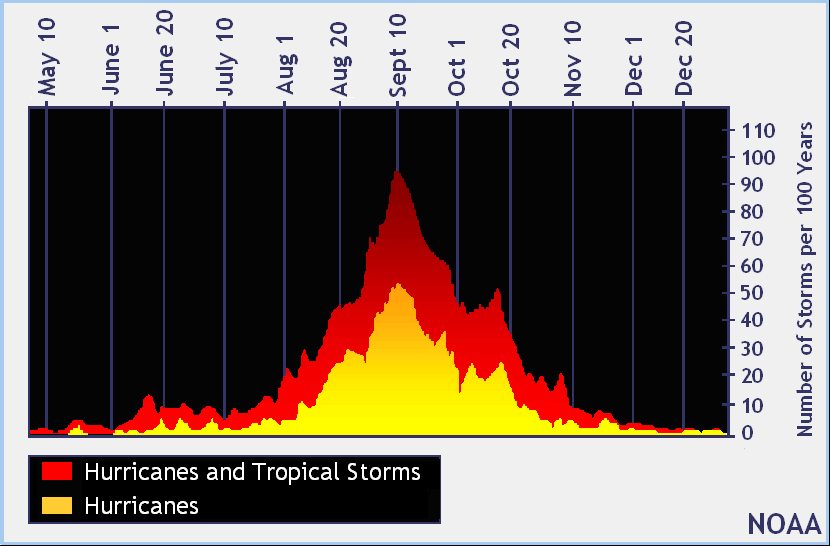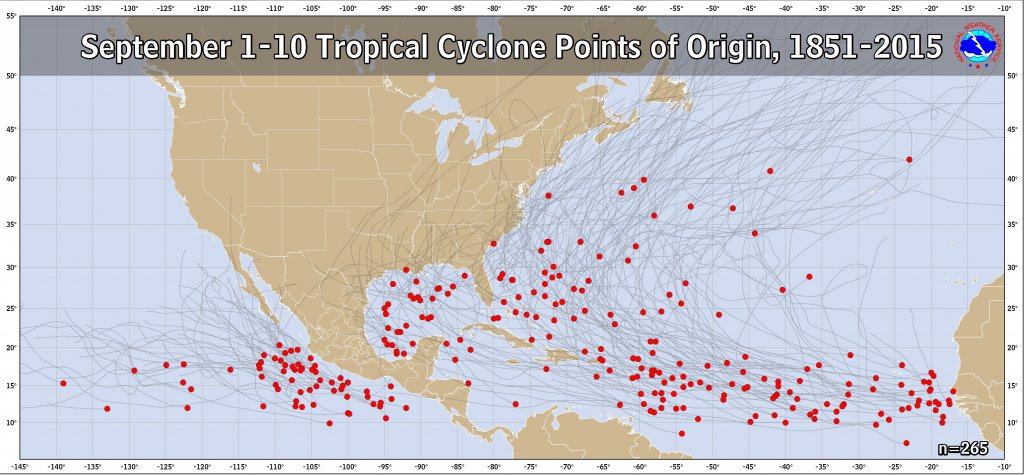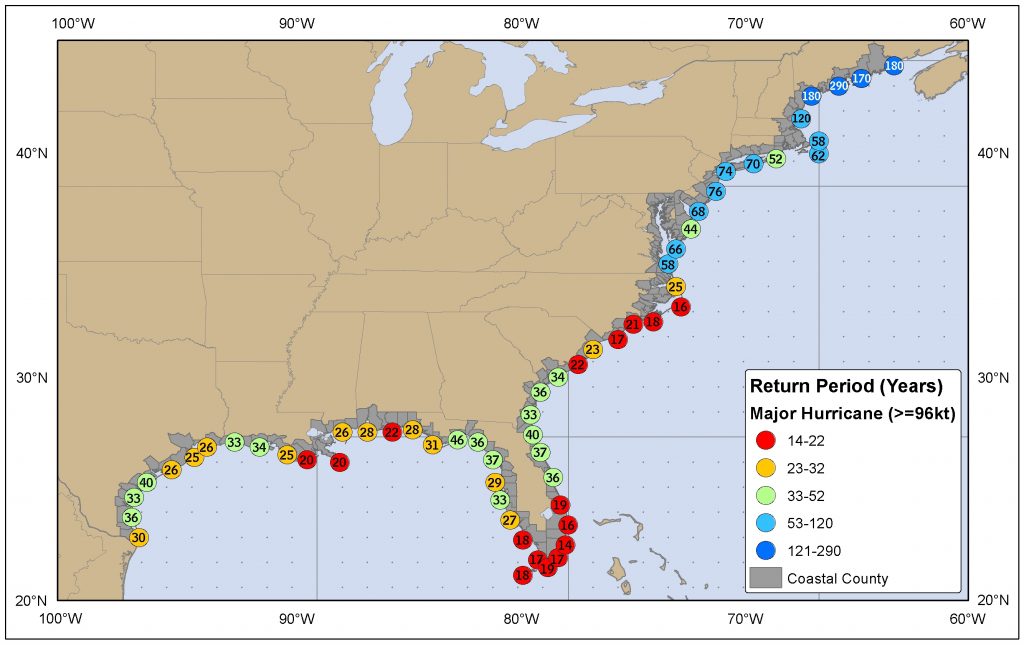
Its hurricane season, again, and I am reminded of the threat of unplanned downtime occurrences to clinician’s ability to access patient records. “When the wind blows” power outages and disruptions to communication will occur.
What do you need to know?
During a hurricane or other natural disasters its essential that hospitals have a modern downtime business continuance program in place that ensures clinicians are able to continue their workflow without interruption by accessing the most up-to-date patient records at the point of care without complication or confusion.
Understanding Disaster Recovery Types
When we discuss Disaster Recovery with new customers, including IT and especially clinicians, we frequently hear them say that their “hospital already has a disaster recovery system.” What they most likely don’t understand is that their recovery system is typically a backup system that allows the IT department to reset their HCIS system to enable access to the electronic health records when the HCIS is back in uptime.
During a hurricane or other natural disaster regaining access to patient records via the HCIS may or may not occur for many hours or even days. The current typical solution involves printing reams of paper and chaotic distribution to clinicians. A modern Business Continuance solution enables clinicians to access digital patient records DURING the downtime. Its essential that clinicians, admissions, the pharmacy, the lab and others involved with the delivery of care all have access to patient records at all times for uninterrupted patient care.
As the Boy Scouts motto says, “Always be prepared!”
Hurricane Season Statistics You Should Know About
So which hospitals are hurricanes a threat to and what do hospitals need to know about their occurrences to consider their business continuance programs for the future?
NOAA, the National Oceanic And Atmospheric Administration, has been tracking tropical cyclone climatology in the US since 1851 and provides regular updates on their occurrences.
When do they occur? The Atlantic hurricane season runs for five months from June 1 to November 1. Over the last 100 years, the heaviest activity occurs from mid-August to late October, with significantly heightened activity focused at the beginning of September from the 1st to the 10th. Hospital IT departments in high risk hurricane zones should consider testing their business continuance systems in May and at least once a month till hurricane season ends in October.

Frequency of Storms by week, last 100 years
Where do they occur and where are hospitals most at risk? US hurricanes form in the Atlantic Ocean and strike land on every eastern-facing coastal state in the US including Texas, Louisiana, Mississippi, Alabama, Florida, Georgia, South Carolina, North Carolina, Virginia, Delaware, Maryland, District of Columbia, Pennsylvania, New York, Connecticut, Rhode Island, Massachusetts and Maine. Beyond the threat of wind to hospitals, coastal and in-land flooding are as much as or even greater of a threat to hospitals.
As I write this, Hurricane Florence has delivered as much as 30 inches of rain resulting in flash flooding, rivers swollen beyond their banks and in-land areas that are essentially islands cut off from transportation. Reports of serious flash flooding from Florence is occurring as far west as West Virginia. In June 2016, 9 inches of rain fell in 36 hours in parts of West Virginia, leaving 23 dead statewide and destroying thousands of homes, businesses and infrastructure.
During peak season from September 1 to 10, the origin and pattern of hurricanes is literally all over the coastal map. The lesson to be learned is that hurricanes are predictably unpredictable from year to year. ANY eastern coastal-state hospital should consider hurricanes a threat.

That said, some coastal areas and their hospitals face a greater probability of a “major hurricane” returning including South Florida, the majority of the Gulf Coast, and the Carolinas. If you are in one of these areas, your hospital should have even greater urgency to be prepared for unplanned downtime events.


Increasing Hurricane Threat The intensity, frequency, and duration of North Atlantic hurricanes, as well as the frequency of the strongest hurricanes, have all increased since the early 1980s. Hurricane intensity and rainfall are projected to increase as the climate continues to warm. By late this century, models, on average, project an increase in the number of the strongest (Category 4 and 5) hurricanes. Models also project greater rainfall rates in hurricanes in a warmer climate, with increases of about 20% averaged near the center of hurricanes.
Your Takes
- Know the difference between Disaster Recovery Backup and Business Continuance and why it’s so important for clinicians to be able to continue to access their patient’s records uninterrupted during downtime at the point of care.
- If your hospital is in an eastern-facing coastal state, hurricanes are a real threat. EVERY hospital should be prepared, including inland hospitals.
- Establish a modern business continuance system at your hospital to ensure clinicians always have access to patient records at the point of care and make sure to regularly test it before and during hurricane season.
- If you are in a high risk coastal area such as South Florida, The Gulf Coast or the Carolinas you need to increase your urgency to put a modern downtime business continuance solution in place.
- Hurricanes will continue to increase in frequency, intensity, duration and damage. The threat will only increase so be proactive in planning for downtime outages with business continuance BEFORE your next occurrence. Manage your risk!


